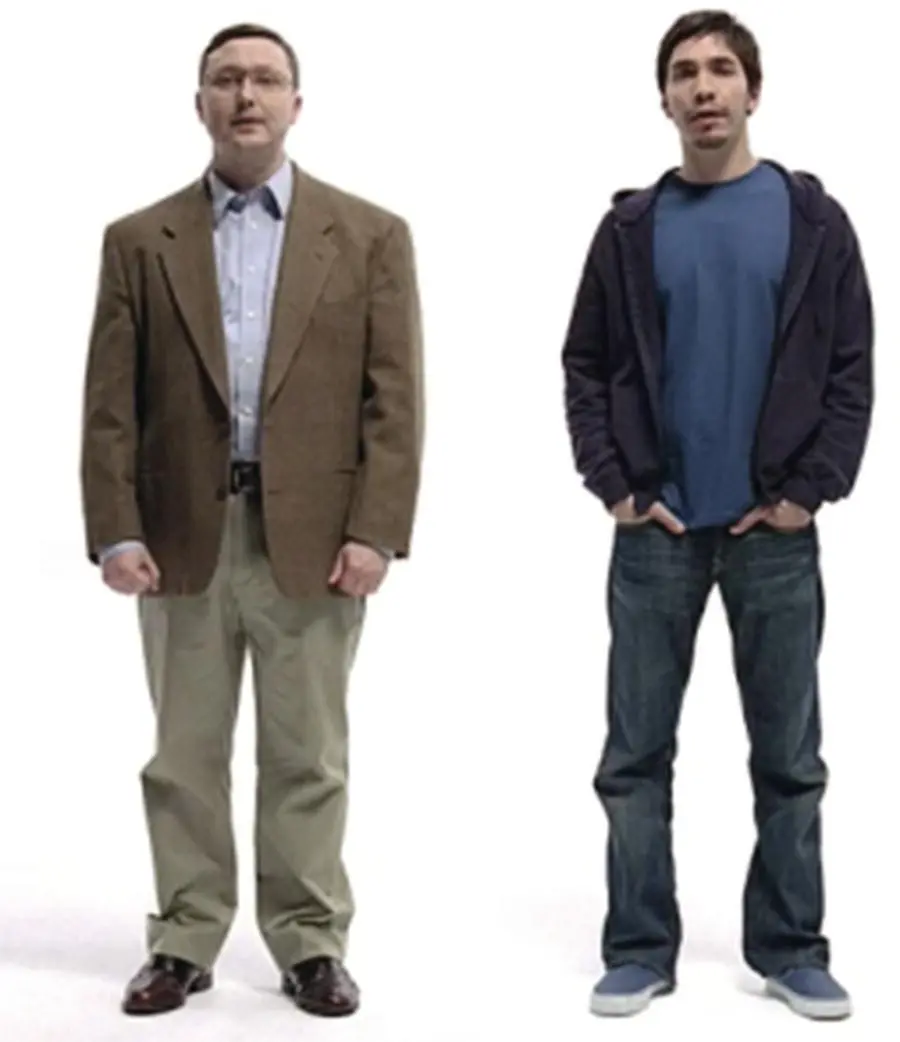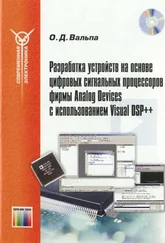
Source: AP Images/Stuart Ramson.
The gesture is understood through its gun shape and its associated swiftness and precision of striking down an unworthy opponent. Yet the gesture is also playful: when Trump thrusts his hand forward to mimic the firing of a gun, he brings a child's pantomime of shooting to the firing of an adult in an entrepreneurial battle or the dismissing of an opponent in a political arena.
Media critic Stuart Hall (1997) writes that “culture is about shared meanings” and “primarily, culture is concerned with the production and the exchange of meanings … between the members of a culture or group” (p. 2). He suggests that people who are in the same culture will tend to interpret the world in generally similar ways while warning that things or actions cannot have stable meanings. Hall tells us that meanings are produced in multiple ways: through personal interactions, through our use of media and technology, and in what we create and how we share those creations:
Meaning is also produced whenever we express ourselves in, make use of, consume or appropriate cultural “things;” that is, when we incorporate them in different ways into the everyday rituals and practices of daily life and in this way give them value or significance. (p. 3, 4)
Human beings have always created and responded to shared and differing interpretations of reality. All societies have systems of belief that carry values and seem natural to those who are part of that society. Like all cultural products, visuals are created within “the dynamics of social power and ideology” (Sturken and Cartwright, 2009, p. 22). Those with greater material wealth or socioeconomic status generally have more resources and abilities to use and influence the creation and dissemination of images and video. Thus, their worldviews are likely to have more prominence and influence than those from people with fewer resources. This means that we experience images within changing social contexts that can change rapidly and that the meanings we assign to them aren't neutral. Instead, they carry values and privilege certain interpretations over others.
READ THIS BOOK!That statement in all caps and in boldface, communicates something different from “read this book.” How is it different from read this book? And why include it here? We include it because it reveals, in an unexpected way, how the form and not just the content of a simple sentence can communicate and conform to or violate cultural norms.
You probably don't think of letters and words as visuals, but even the choice of a font can make a big difference in the meanings people take away from the message. Imagine a condolence card that says “With Heartfelt Sympathy! ” It feels strange because it violates our cultural expectations about what's appropriate for such a message. Because type and text are so much part of our environments, we may not think of them as visual. But each typeface, each font, has a different personality and may convey different emotions and meanings. Perhaps without even being aware of it, you have certain expectations of the “rightness” of using a certain font to communicate a particular message.
Apple's “Get a Mac” video campaign offers another example of how content can be differentiated by its form (Figure 1.3). Actors and humorists John Hodgman and Justin Long posed as human interpretations of a PC and a Mac. Against a white background, Long, dressed in casual clothes, introduced himself, “Hello, I'm a Mac.” Hodgman, dressed in a more formal suit and tie, adds, “And I'm a PC.” Even before the characters act out attributes of each brand (a laid‐back Mac and an uptight PC), we can deduce these attributes from their form: two men standing in a blank void, staring directly at us, but one with rigid posture and business attire, and the other posed and dressed casually, hands in jeans' pockets.

Figure 1.3
Source: YouTube.
LO3Identify ways to analyze visuals and conduct visual communication research.
As you can see from this discussion, images we consume and create don't have fixed meanings. Instead, people go through a process of coding and decoding messages and images that they send and receive (Hall, 1997). For instance, when we see a forwarded meme, we “ decode” the meaning of the image and text. How we decode will have to do with our individual experiences, our skills in interpreting messages, our values and beliefs, and the cultures and subcultures we are part of. In addition, the source of the message or visual affects how much interest and credibility we assign to a phenomenon.
Semiotics: Signs and Symbols
A useful way to understand and analyze communication involves semiotics, the science of signs, an approach we will cover in detail in Chapter 4. Semiotics begins with two important concepts: the denotativeand connotativemeanings of signs. Think of denotation as the dictionary definition or a description. For instance, the denotative description of the American flag might be “13 equal horizontal stripes of red (top and bottom) alternating with white; there is a blue rectangle in the upper hoist‐side corner bearing 50 small, white, five‐pointed stars arranged in nine offset horizontal rows of six stars (top and bottom) alternating with rows of five stars” (Central Intelligence Agency n.d.).
However, connotative meaning has to do with the associations, emotions, and cultural expectations of individuals that are evoked by a symbol. It would seem that burning a piece of white, blue, and red cloth shouldn't be controversial. But for many Americans, the act of burning the flag is an act of treason. For others, it's a symbol of free speech and First Amendment rights. For those with negative views of the United States, it is a symbol of oppression deserving of desecration. Semiotics is a way to understand signs and their interpretation in a more systematic way.
Consider how advertisers communicate with audiences and the denotative and connotative aspects of ads. The image in Figure 1.4 was part of an advertorial (also called a native advertisement) for Toyota Tacoma trucks. Most people effortlessly interpret that this is an image of a truck and know that the advertiser wants viewers to consider purchasing it. Advertisers expect their target audience not only to see the literal or denotative aspects of the image (this is a big, shiny, new truck), but also to assign connotative meanings, presumably positive ones.
In this advertisement, the outdoor setting is rugged and framed by a beautiful cloudless sky. The connotation the advertiser likely intended may be a sense of manliness, power, and virility. For other viewers, the ad may suggest freedom, a statement of success, or the opportunity for adventure. And for others who assign oppositional meanings, it may be a symbol of irresponsibility, squandering the earth's resources, and contributing to climate change. Beyond the feelings that the advertiser hopes audiences will decode, the ad, like all ads, tells us something about our culture once we metaphorically look under the hood of the ad. What could this tell us about our culture and values?

Figure 1.4 This image communicates that it is possible and desirable to own such a machine. It tells us that this product, if purchased, will fill important functional and psychological needs. The ad suggests that buying this truck will make the purchasers happy and provide them with freedom and independence.
Читать дальше















